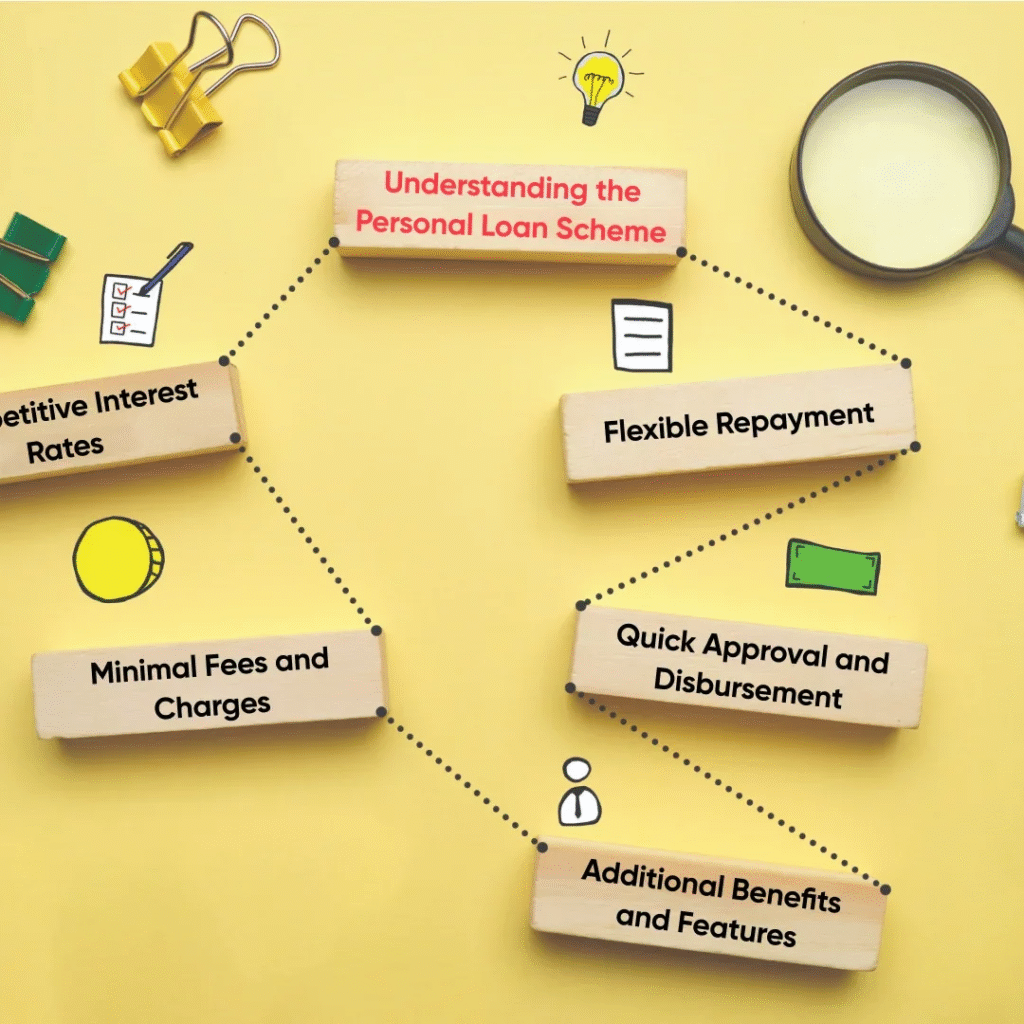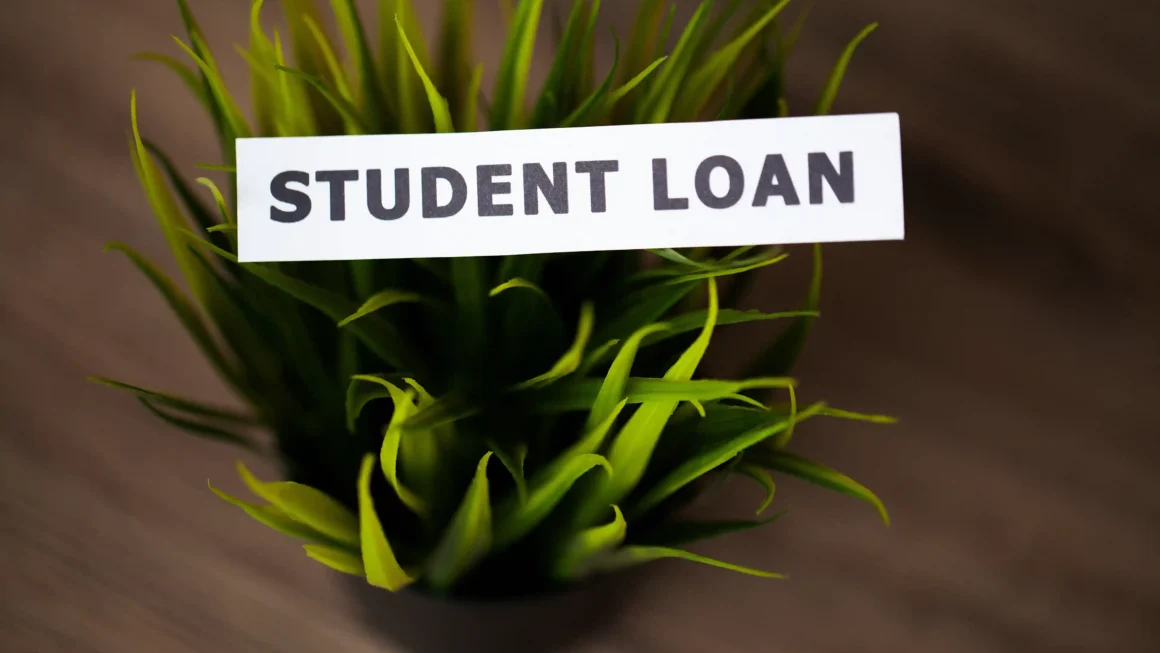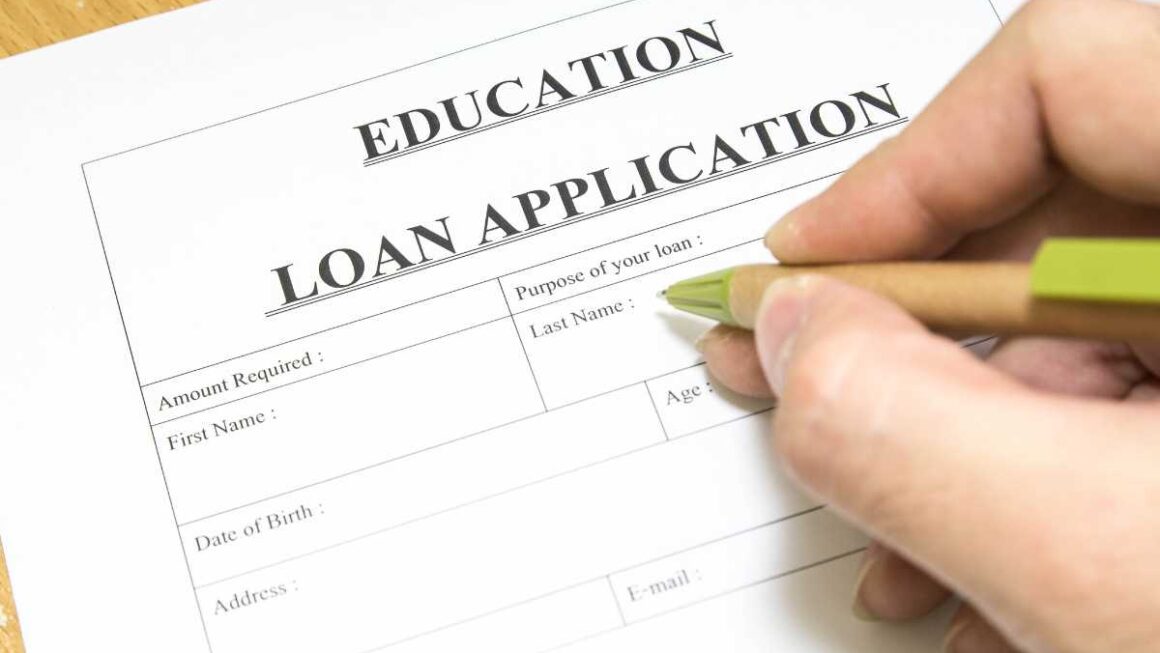Introduction
Choosing the right student loan provider is one of the most important financial decisions for your future. With options ranging from federal government-backed loans to private lenders and international-focused financiers, the right choice depends on your financial need, credit profile, career goals, and education plans. This guide helps you:
- Understand loan types and protections
- Compare rates, fees, and terms
- Evaluate flexibility and perks
- Choose based on your unique situation
Key Takeaways
- Federal loans first—lower cost, stronger protections
- Borrow smart—avoid overborrowing
- Compare APRs & total cost—look past sticker rates
- Weigh pros/cons: fixed vs variable, perks, repayment flexibility
- Mind credit & co-signer reliability
- Shop securely—use soft credit checks
- Refinance cautiously—only when protections aren’t needed
1. Understand Loan Types & Their Benefits

1.1 Federal Student Loans
Federal student loans are often the most affordable and flexible borrowing option for students. Backed by the U.S. Department of Education, they offer predictable terms, consumer protections, and programs not available through private lenders.
1. Types of Federal Student Loans
There are four main types:
1.1. Direct Subsidized Loans
- Available to undergraduate students with demonstrated financial need
- U.S. Department of Education pays interest while you’re in school, during the grace period, and deferment
- Lower interest rates (fixed annually)
1.2. Direct Unsubsidized Loans
- Available to both undergraduate and graduate students
- Not based on financial need
- Interest accrues immediately, even while in school
1.3. Direct PLUS Loans
- For graduate students and parents of undergraduates
- Higher interest rates and origination fees
- Credit check required, though not as strict as private lenders
1.4. Direct Consolidation Loans
- Combine multiple federal loans into one loan
- Keeps access to federal benefits
- Doesn’t lower interest rates, but simplifies repayment
2. Interest Rates and Fees (2024–2025)
- Rates are fixed annually and apply to all disbursements made from July 1, 2024, to June 30, 2025
- Origination fees are deducted before funds are released
3. Repayment Plans
Federal loans offer flexible and income-sensitive repayment options:
Standard Repayment (10 years)
- Fixed payments
- Pays off debt fastest with least interest
Graduated Repayment
- Payments start low and increase every 2 years
- 10-year term (30 years if consolidated)
Income-Driven Repayment (IDR)
Plans like SAVE, PAYE, IBR, and ICR calculate payments as a % of discretionary income.
- Payments could be as low as $0/month
- Forgiveness after 10–25 years depending on the plan
Extended Repayment
- Available for borrowers with >$30,000 in loans
- Terms up to 25 years
4. Borrower Protections
Federal loans include several safeguards:
- Deferment: Temporarily pause payments due to enrollment, economic hardship, or military service
- Forbearance: Suspend or reduce payments temporarily due to financial difficulty
- Public Service Loan Forgiveness (PSLF): Forgiveness after 10 years of service in qualifying public jobs
- Discharge Options: Loans may be forgiven due to total/permanent disability, school closure, or borrower death
5. Borrowing Limits
Federal loans have strict annual and lifetime limits to encourage responsible borrowing:
- Subsidized loan eligibility is capped and based on need
- PLUS Loans do not have strict limits, but are capped at the cost of attendance minus aid received
6. How to Apply
To apply for federal student loans:
- Complete the FAFSA (Free Application for Federal Student Aid) at FAFSA.gov
- Accept your offered loans via your school’s financial aid portal
- Complete Entrance Counseling and Master Promissory Note (MPN) for first-time borrowers
1.2 Private Student Loans
Offered by banks, credit unions, fintechs—e.g., SoFi, Earnest, College Ave, MPOWER, Prodigy Finance. These loans:
- Require credit evaluation, often with co-signer
- May offer fixed or variable APRs based on risk bestcolleges.com+15entrepreneur.com+15studentloanprofessor.com+15studentloanprofessor.com+15credible.com+15investopedia.com+15
- Provide higher borrowing limits, flexible terms, and possible benefits like cosigner release and autopay discounts money.com+2credible.com+2studentloanprofessor.com+2
- Lack federal protections, no forgiveness, and limited deferment money.com+15credible.com+15marketwatch.com+15.
1.3 Specialty & International Loans
Designed for international students—e.g., MPOWER, Prodigy Finance. Key features:
- No co-signer needed
- Support for global students with variable credit needs investopedia.com+4en.wikipedia.org+4en.wikipedia.org+4
2. Steps to Choosing the Right Loan Provider
Choosing the right student loan provider can feel overwhelming given the vast number of options and terms to consider. To simplify the process and ensure you make the best financial decision, follow these comprehensive steps:
Step 1: Maximize Federal Student Loans First
Before considering private lenders, always apply for federal student loans first by completing the Free Application for Federal Student Aid (FAFSA). Federal loans offer the best protections, fixed interest rates, and flexible repayment plans such as Income-Driven Repayment (IDR) and Public Service Loan Forgiveness (PSLF). Federal loans do not require a credit check for most undergraduate loans and generally have lower interest rates compared to private loans.
Federal loans act as your financial safety net, providing benefits like:
- Deferment and forbearance options
- Fixed interest rates that remain constant throughout the life of the loan
- Loan forgiveness programs for qualifying borrowers
Why start here? Because private lenders rarely offer protections as robust as federal loans, and often charge higher interest rates based on your credit profile.
Step 2: Determine Your Actual Funding Needs
Once you know your federal loan limits, it’s essential to calculate how much you truly need to borrow. This means carefully estimating tuition, housing, food, books, transportation, and other expenses.
- Avoid borrowing more than necessary. Overborrowing creates unnecessary debt that can burden you for years.
- If federal loans don’t fully cover your costs, you can explore private loan options to bridge the gap.
Consider creating a detailed budget including scholarships, grants, work-study, and savings to understand your financial gap clearly.
Step 3: Research and Compare Interest Rates and Fees
Interest rates and fees directly affect how much you’ll repay over time. Here’s what to watch for:
- Annual Percentage Rate (APR): APR includes the interest rate plus any fees or additional costs. It’s a better metric for comparing loan costs.
- Fixed vs Variable Rates: Fixed rates stay the same throughout the loan term, providing payment predictability. Variable rates can start lower but fluctuate based on market conditions, potentially increasing your cost.
- Origination Fees: Some loans charge upfront fees deducted from your loan disbursement.
- Late Payment Fees and Penalties: Know these before signing.
Use loan comparison tools like Credible, NerdWallet, or Bankrate to compare multiple offers side-by-side without affecting your credit score.
Step 4: Understand the Loan Terms and Repayment Structure
The length of your loan term and the repayment start date significantly affect your monthly payment and total interest paid.
- Loan Term: Longer terms lower monthly payments but increase overall interest paid. Shorter terms do the opposite.
- Grace Period: Federal loans generally offer a six-month grace period after graduation before payments start; private loans vary.
- Repayment Options: Federal loans offer multiple repayment plans, including income-based options. Private loans may have limited flexibility.
Ask the lender about prepayment penalties or whether you can make extra payments without fees.
Step 5: Evaluate Borrower Protections and Perks
Look for lenders that offer borrower-friendly benefits:
- Income-Driven Repayment (IDR) Options: Only federal loans offer these widely, but some private lenders may provide hardship plans.
- Deferment and Forbearance: Temporary relief from payments during hardship.
- Loan Forgiveness Programs: Federal loans qualify for programs like PSLF.
- Autopay Discounts: Many private lenders offer interest rate discounts (0.25% to 0.50%) for automatic payments.
- Cosigner Release: Important if you have a cosigner who wants to be removed after you build credit.
- Customer Service: Responsive, transparent support can save you headaches.
Step 6: Assess Your Credit Profile and Cosigner Needs
Private lenders typically require a credit check and may ask for a cosigner, especially if you have limited or poor credit history.
- A cosigner can help secure lower interest rates and improve your chances of approval.
- Check if the lender offers cosigner release after a set number of on-time payments.
- If you don’t qualify for private loans on your own, consider building credit first or explore specialty lenders for international students or those with limited credit history.
Step 7: Use Soft Credit Checks to Shop Around
When comparing private loan offers, use platforms or lenders that perform soft credit inquiries, which do not impact your credit score.
- This allows you to gather multiple loan offers and compare terms without damaging your credit.
- Many loan marketplaces and fintech companies provide prequalification tools with soft pulls.
Step 8: Consider the Impact of Refinancing and Loan Consolidation
After graduation or during repayment, you may want to refinance or consolidate loans for better rates or simplified payments.
- Federal loan consolidation combines multiple federal loans but doesn’t lower interest rates.
- Refinancing with a private lender can reduce your interest rate but will cause you to lose federal borrower protections.
- Carefully weigh the trade-offs before refinancing federal loans into private ones.
Step 9: Read the Fine Print and Ask Questions
Before signing any loan agreement:
- Review all terms and disclosures carefully.
- Ask about fees, repayment terms, grace periods, default consequences, and customer support availability.
- Don’t hesitate to request written clarification on anything unclear.
Step 10: Choose the Loan Provider That Best Aligns with Your Needs
At the end of your research, pick the loan provider that offers the best combination of:
- Affordable interest rates and fees
- Flexible repayment options
- Strong borrower protections
- Positive customer reviews and support
- Convenient application and servicing experience
Remember, student loans impact your financial future — choose wisely!
3. Features to Look For in Private Lenders

- APR & rate type: fixed vs variable, consider economic trends
- Flexibility: repayment plans, forbearance, deferment, in-school payment options
- Extras: autopay discount, graduation cashback, cosigner release, career support
- Reputation: customer service, reliability, servicing quality
4. Lender Comparisons: Highlighted Providers
- SoFi: competitive APR, no fees, career resources, unemployment protection
- Earnest: flexible credit/evals, customizable terms, skip-a-payment per year
- College Ave: range of terms, cosigner release, smooth digital process
- MPOWER Financing: ideal for international students, no cosigner
- Prodigy Finance: postgraduate global finance, peer and investor funded
onclusion
Selecting the best student loan provider is an exercise in balancing affordability with security. The best path flows as follows:
- Optimize federal loans for their protections
- Borrow only what you need
- Shop private lenders for rates and perks
- Use soft pulls to compare
- Protect your future credit and repayment path
This disciplined approach ensures cost savings while keeping options open.
Also Read :-What Are The Steps To Complete An Education Loan Application?
FAQ’s
- Should I take private first?
→ No. Start with federal to maximize protections unless private gives clearly lower APR and you don’t need protections - Fixed or variable APR?
→ Fixed offers peace-of-mind; variable may be cheaper now but riskier long-term . - What’s a good APR threshold?
→ For strong credit, <5% fixed or ~4% variable is excellent. Worst-case, federal rates ~5‑8%. Private rates vary up to ~16% . - Is a co-signer necessary?
→ Often yes; they lower interest and lift credit barriers. Cosigner release is a key feature - Why keep federal loans?
→ Income-driven payment, forgiveness, deferment, zero credit check—so valuable for unpredictability - Can I refinance later?
→ Yes—once credit improves. Refinancing federal will cost protections; keep that in mind . - What about international student loans?
→ Specific lenders like MPOWER and Prodigy specialize in financing non-U.S. students—no cosigner, global eligibility



